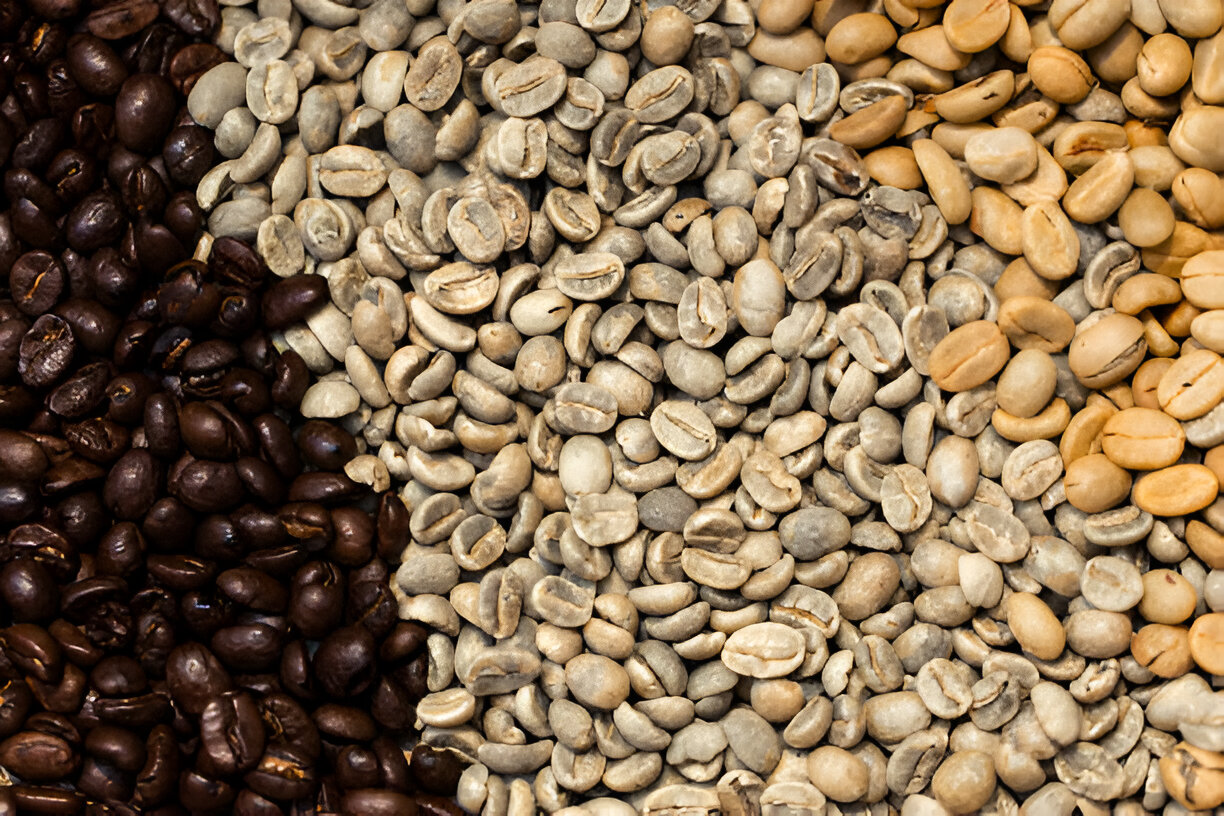The Science Behind Raw and Roasted Coffee
Coffee is not simply a morning routine, but rather an interesting transformation. Caffeine undergoes several chemical and physical changes from the time of harvesting until the final brew goes into your cup. The most profound transformation occurs during roasting, which means the raw, green coffee beans are more or less fundamentally altered into discreetly scented, nicely flavored, and beloved brown beans. But what goes on in the roasting circuit? Let’s look at what separates raw beans from roasted coffee through science and personal perceptive.
If you are a true coffee lover, Lucky Detroit Grosse Pointe Coffee Shop truly warrants a visit. This small and exciting space provides great espresso drinks, locally baked pastries, and a friendly ambience that makes it a neighborhood favorite. Whether you are looking to plug away on some work, hang out with a few friends, or just enjoy one fabulous coffee, Lucky Detroit encompasses everything that is good in life – quality and comfort.
Physical Differences
Coffee beans, raw ones so to speak, are tiny, dense, and green, giving off a grassy aroma. The moisture content, at roughly 10 to 12%, is high for unroasted coffee beans, which act as a preservative for a long time. The roasting process makes beans turn into brown brittle elements, which all coffee lovers recognize. When the beans are heated they expand, lose moisture and create complex flavor compounds. The color change is due to the Maillard reaction which produces the golden crusts found on refined loaf bread and steak cuts.
The roasted beans lose density too. That means that one can expect lower yield in terms of volume when processing green coffee to roast beans. They also turn from tough and chewy to light and brittle, making grinding easier. As the beans are roasted, they start releasing carbon dioxide, a process that keeps happening for some days post roasting. That is why freshly roasted coffee is stored in valve-sealed bags – to allow the gas to escape while keeping the oxygen out.
Chemical Differences
Chemical speaking, raw and roasted coffee are totally different. Thousands of compounds exist in raw beans, including chlorogenic acids, sugars, and proteins. They may have the potential for antioxidants and health benefits, but hardly any flavor that is associated with coffee. They also taste grassy and slightly sour-not the most desirable flavor for a cup of morning joy.
Roasting triggers the chemical reactions responsible for the production of coffee’s signature flavor. A number of the new compounds produced by the Maillard reaction can form flavors expressed as nutty, caramel, and chocolate. At the same time, caramelization of sugar makes it sweeter and less acidic. The longer the bean is roasted the more these flavors develop, but if roasted past a certain point they can burn, leaving behind bitter notes.
There are also a few changes in caffeine content, though not as much as people think. Caffeine is quite difficult to dissect, because, roasting reduces caffeine content level, the difference is minimal. The real variation in caffeine comes from the way it is measured. For example, the roasted beans are lighter and occupy more space, so a scoop of light roast will have a bit more caffeine content than a scoop of dark roast.
The Verdict – Raw or Roasted
Raw coffee may still find its place in a niche market: health-conscious consumers make green coffee out of raw cherries given its high chlorogenic acid value. But for most, roasting is the key to opening up the best flavors and aromas. Coffee is adored because of its depth, body and complexity got from careful application of heat and time.
So remember, to appreciate the transformation your coffee beans have undergone, when you take a sip of your favorite beverage.



